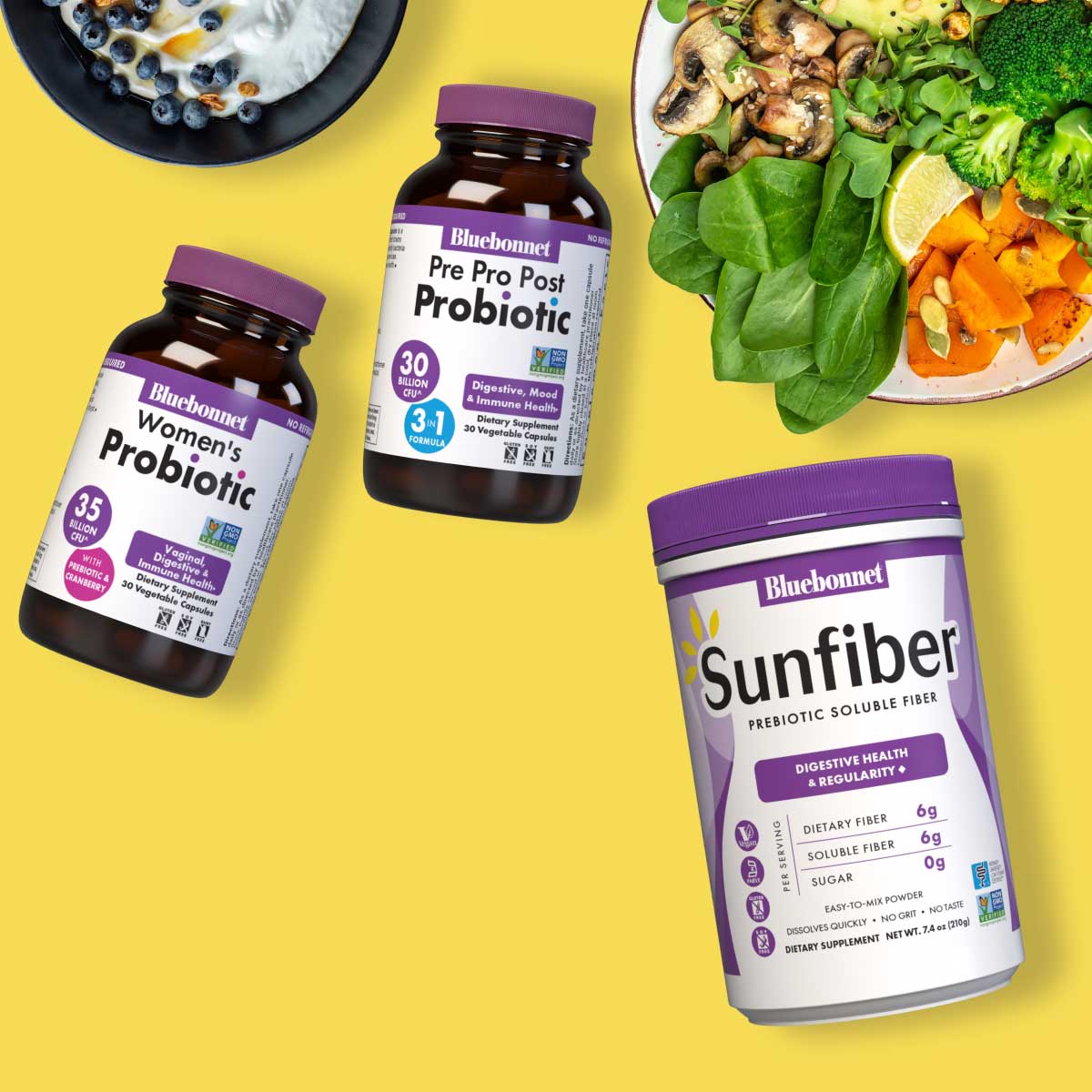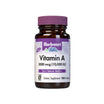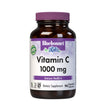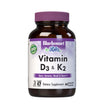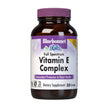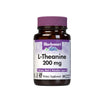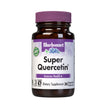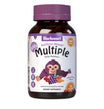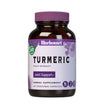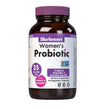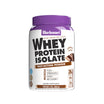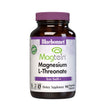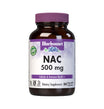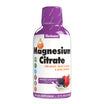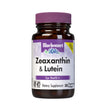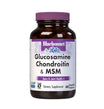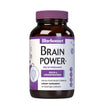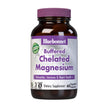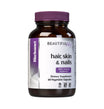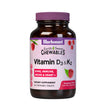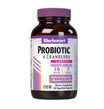By Trisha Sugarek MacDonald, BS, MS, Senior Director of Research & Development/ National Educator
Q: What is the importance of vitamin C in the body?
A: Vitamin C, also known as L-ascorbic acid, is a water-soluble, essential nutrient. It is involved in many complex functional roles in the body, such as neurotransmitter, collagen, carnitine and tyrosine synthesis, and catabolism. In addition to its many functional roles, vitamin C is also a potent antioxidant by scavenging or neutralizing oxygen/nitrogen free radicals, protecting cells in both the body and lungs while also facilitating iron absorption. It is also well known that vitamin C supports immune function and reduces the effects of everyday stress. Unfortunately, human beings are one of the few mammals that are unable to synthesize vitamin C, making it one of the essential nutrients that must be obtained from the diet.
Q: Why is there such a wide variance between what is consumed and what is absorbed?
A: Vitamin C, because it is water-soluble, bioavailability can be low. For example, absorption can be as little as 16 percent with high intakes (~12 g) or as high as 98 percent with low intakes (<20 mg). Over the course of the day, the average vitamin C intake from food sources is approximately 30-180 mg/day, of which 70 to 90 percent is absorbed. This is partly because in the body, cells are covered by a membrane made up of fat, which only allows small amounts of water-soluble nutrients to enter our cells. To improve the bioavailability of this water-soluble nutrient, liposome-assisted technologies have been developed that encapsulate nutrients, like vitamin C, into liposomes, which promotes greater uptake and plasma concentrations than unencapsulated vitamin C.
Q: What is the difference between typical vitamin C and liposomal vitamin C?
A: Vitamin C, as L-ascorbic acid, when administered orally, has poor bioavailability. For those who have a greater need for vitamin C, large oral doses of L-ascorbic acid can cause gastrointestinal upset. Vitamin C encapsulated into liposomes, which are microscopic, hollow, spherical vesicles composed of a lipid bilayer, have been proven to be very effective in the delivery of the essential nutrient. For example, Liposomal PureWay-C, a proprietary, patented, and clinically tested form of vitamin C that fuses ascorbic acid and citrus bioflavonoids to lipid metabolites such as fatty acids, esters, and fatty alcohols, has shown in studies to have a 233 percent higher vitamin C retention rate, than L-ascorbic alone, which can help fight inflammation, improve antioxidant status for immune protection, and stimulate collagen synthesis for healthy hair, skin, and nails.
Q: What are the current vitamin C requirements?
A: Vitamin C has a simple structure, and when consumed from the diet, intake quantity dictates the degree of absorption. Once absorbed, vitamin C is transported throughout the body and is stored in various locations such as the adrenals and pituitary glands, liver, spleen, lung, etc. However, the highest levels are found in the liver, with an estimated pool of 1,500 mg. As mentioned previously, vitamin C is required in a number of reactions within the body, and because it is an essential nutrient, it must be consumed from the diet. Presently the daily value for vitamin C is 90 mg. During pregnancy and lactation, 80 to 120 mg (based on life stage and age) is required daily to help support collagen synthesis in the developing baby, promote the mother’s ability to absorb iron for increased blood volume, and support the nutrient profile of the breast milk. Individuals who smoke require 35 mg/day more vitamin C than non-smokers.
Q: Who would most benefit from vitamin C supplementation?
A: It is well known that most U.S. citizens fail to consume the daily recommended amount of fruits and vegetables as per the Dietary Guidelines for Americans. Vitamin C is found in fruits and vegetables like oranges, strawberries, and kiwis, along with red and green peppers, just to name a few. Since 2005, vitamin C has been an under-consumed nutrient, which has been attributed to the decline in the consumption of 100 percent fruit juices. While deficiency is rare, there are some groups who are at risk for vitamin C inadequacy. For instance, those who smoke or those who live in close proximity to those who smoke are exposed to oxidative stress, which increases their need for this antioxidant. In fact, it is recommended that those who smoke or who are passive smokers consume an additional 35 mg of vitamin C daily to offset the damage from smoke exposure. Additionally, those who limit fruits and vegetables consume too little of this essential nutrient—groups of concern include the elderly, those who abuse alcohol and drugs, food faddists, those with mental health issues, and children who are picky eaters. Lastly, those who are afflicted with certain chronic conditions or issues with intestinal malabsorption, even some cancer patients, may not get enough vitamin C daily for daily health and wellness.
Trisha Sugarek MacDonald holds a Master of Science in Nutrition and is also working towards a Doctorate in Nutrition from Texas Woman’s University. Mrs. MacDonald has almost 16 years of experience in nutraceutical manufacturing and is currently the Sr. Director of Research & Development as well as the National Educator at Bluebonnet Nutrition where she investigates new ingredients, directs the launch of new products, and provides industry training on numerous subjects as it relates to the connection between nutrition and health. She is a frequent editorial contributor and lecturer on the benefits surrounding the responsible use of supplements.

